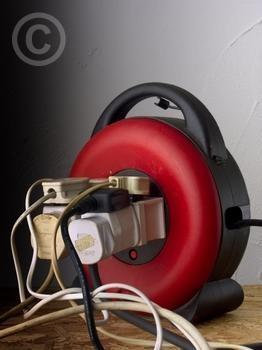Is there a limit to how much you can plug into one socket?
I ask because in the bedroom that I use as my computer room I only have 2 single sockets.
One of those sockets is behind the bed, so in the other single socket I have 4 socket surge protected entension.
Into the extension I have plugged in my PC, monitor, lamp and router.
I also want to plug in a CCTV DVR and 1 switching power supply for 4 CCD cameras.
Is this too much for 1 single socket?
I ask because in the bedroom that I use as my computer room I only have 2 single sockets.
One of those sockets is behind the bed, so in the other single socket I have 4 socket surge protected entension.
Into the extension I have plugged in my PC, monitor, lamp and router.
I also want to plug in a CCTV DVR and 1 switching power supply for 4 CCD cameras.
Is this too much for 1 single socket?



